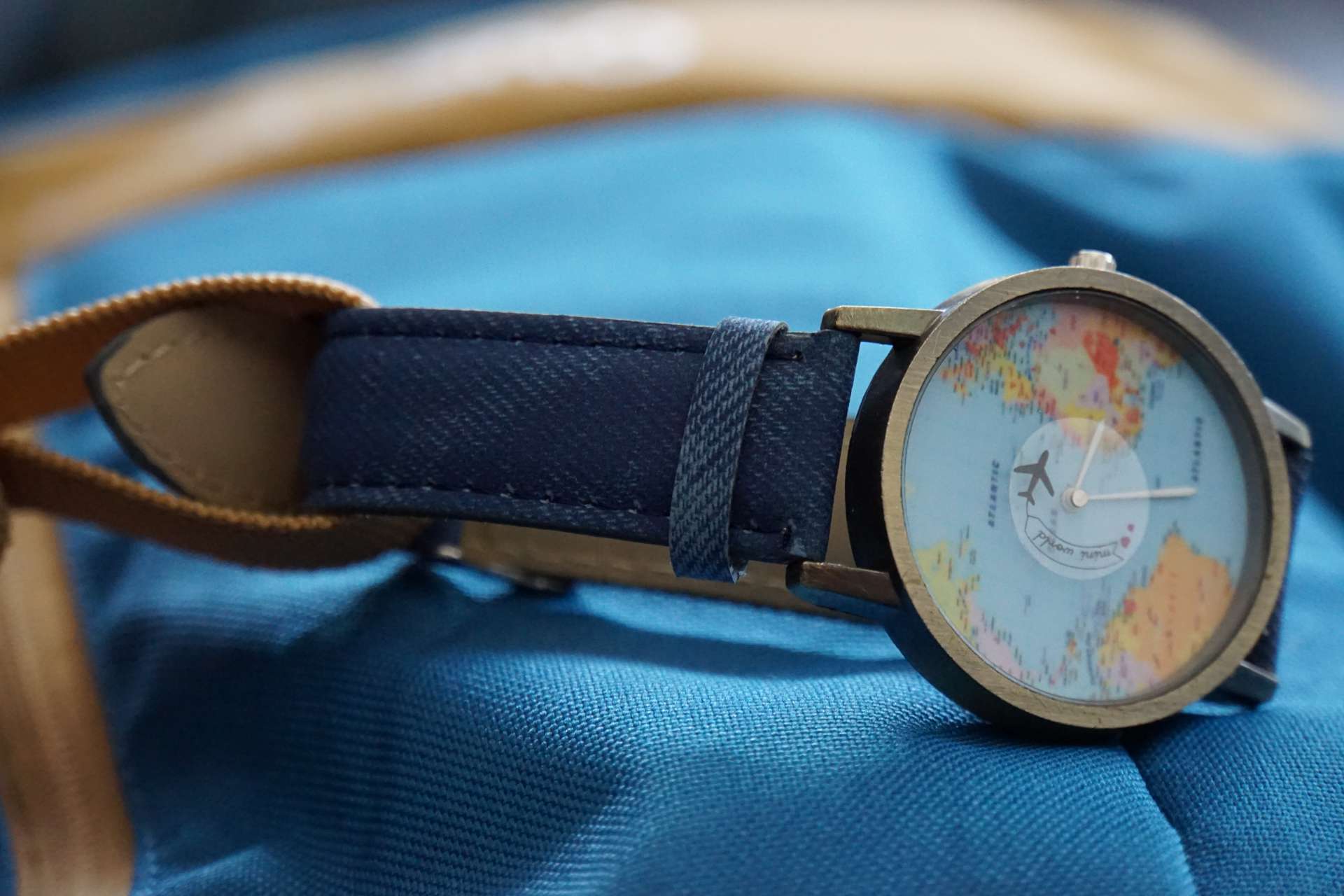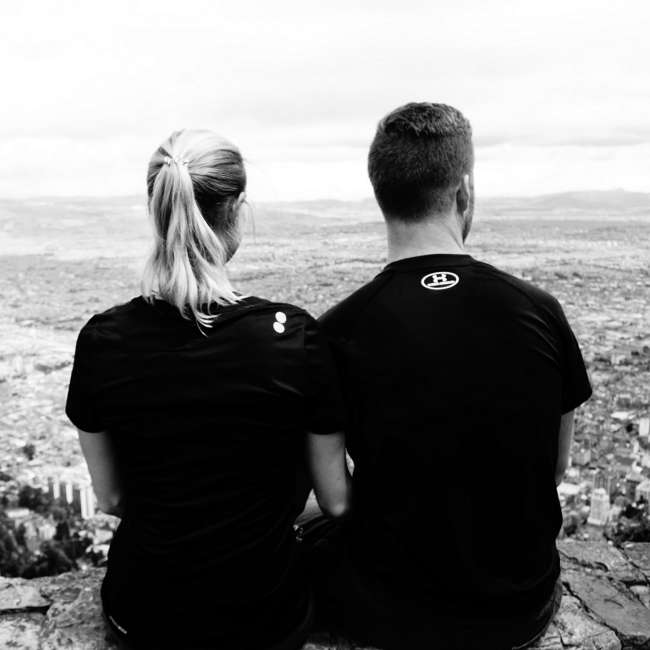Colombia: A real travel tip!
Publicado: 28.07.2017
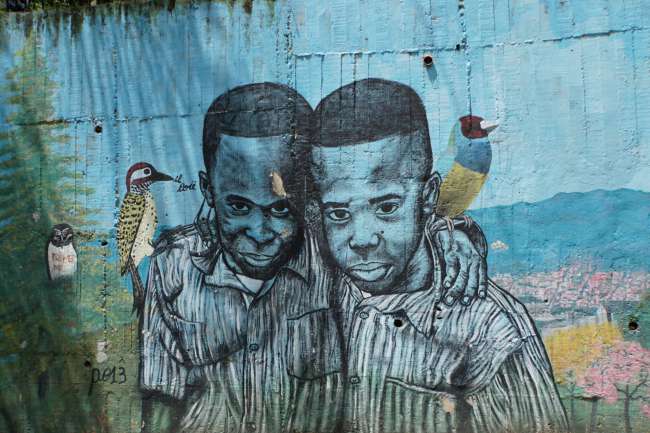
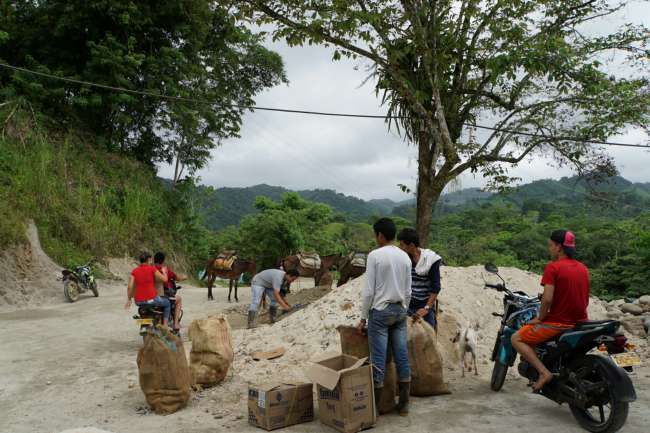
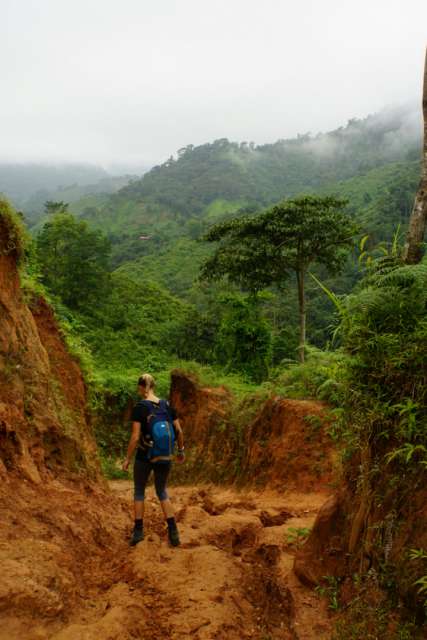
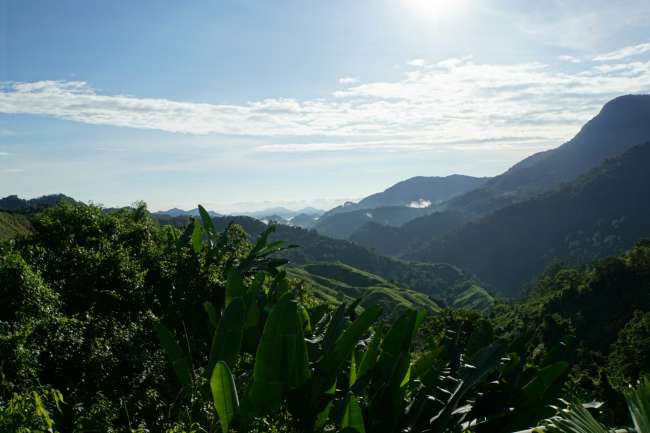
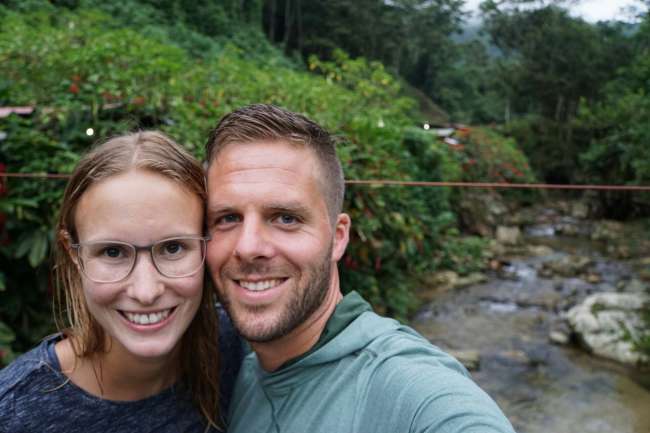
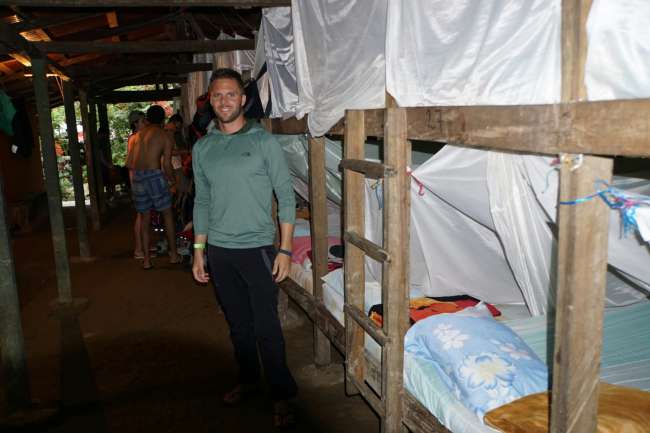
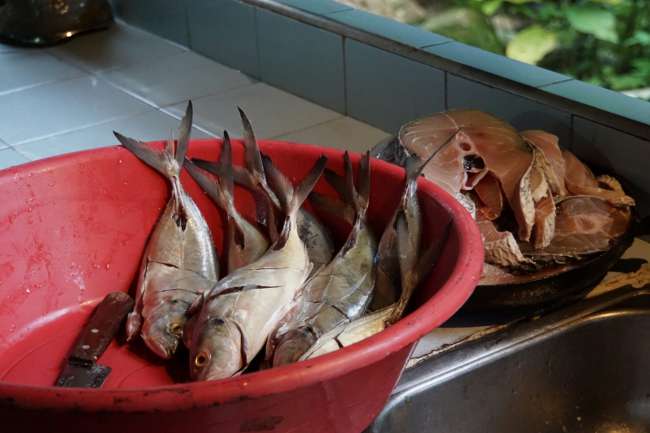
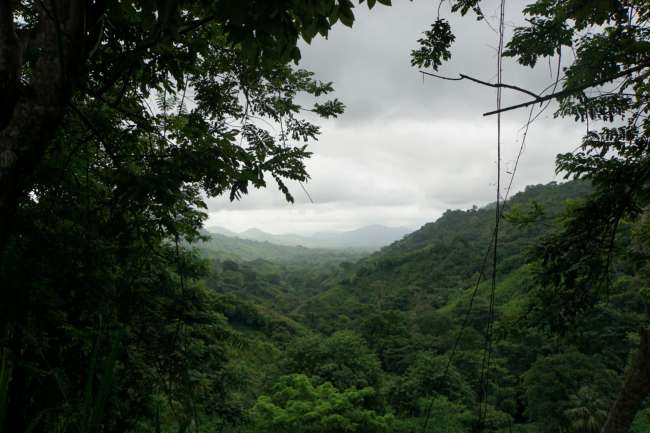
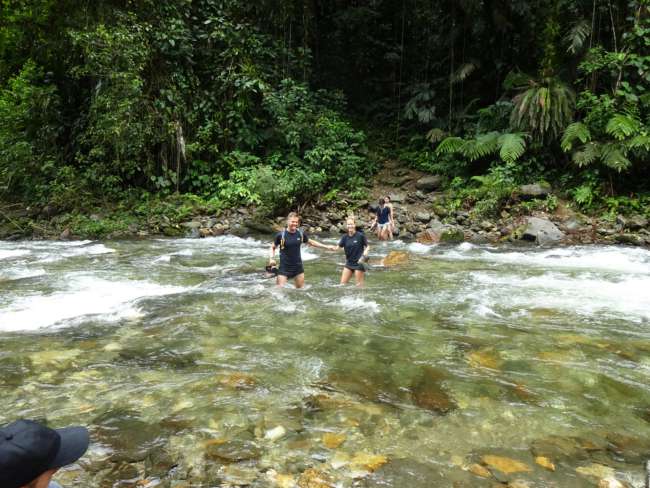
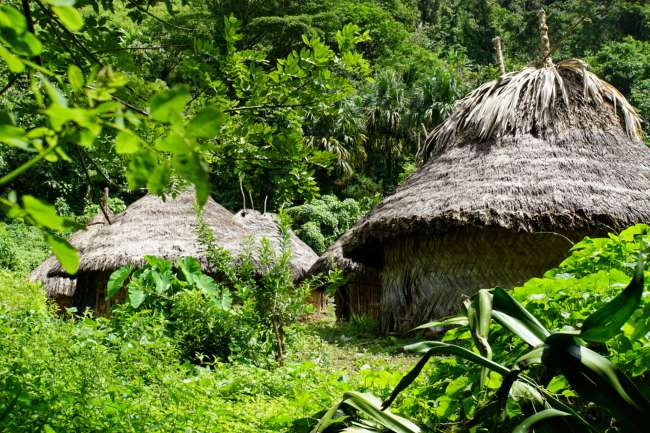
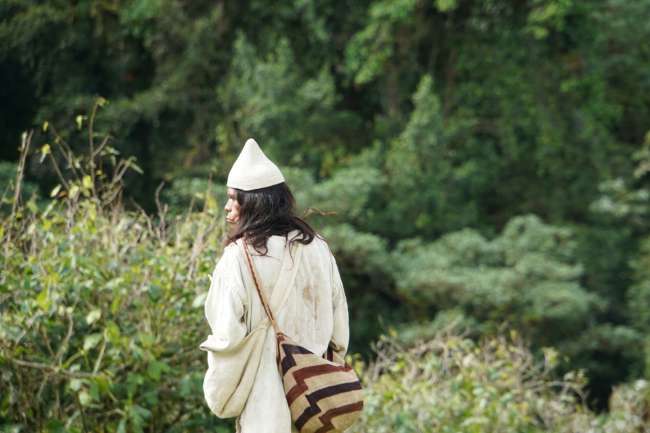
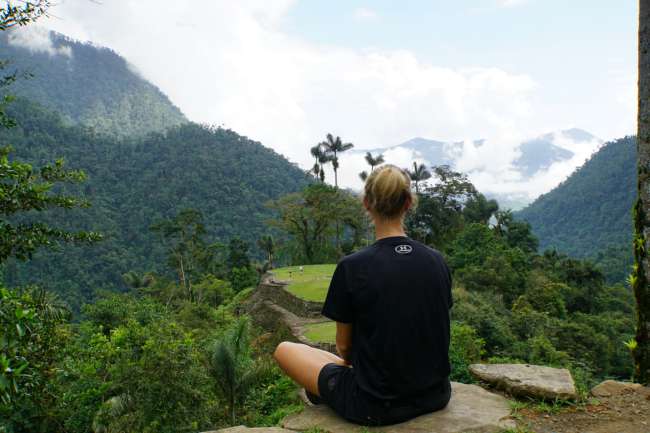
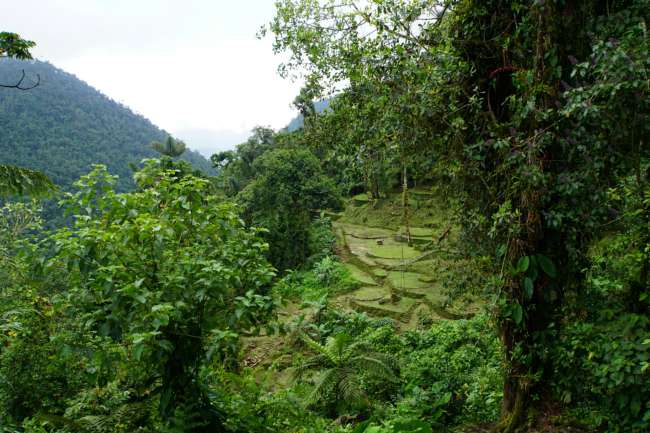
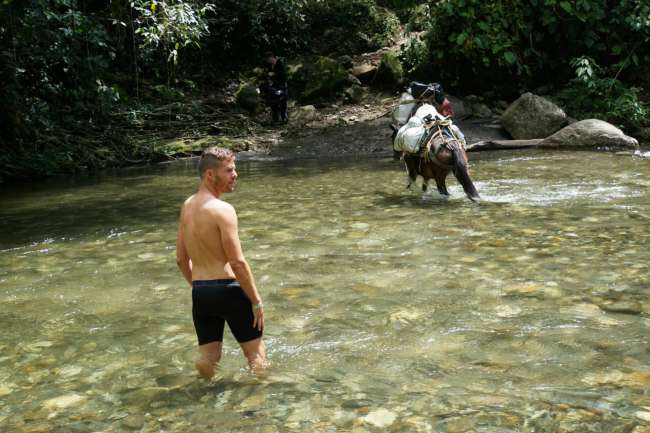
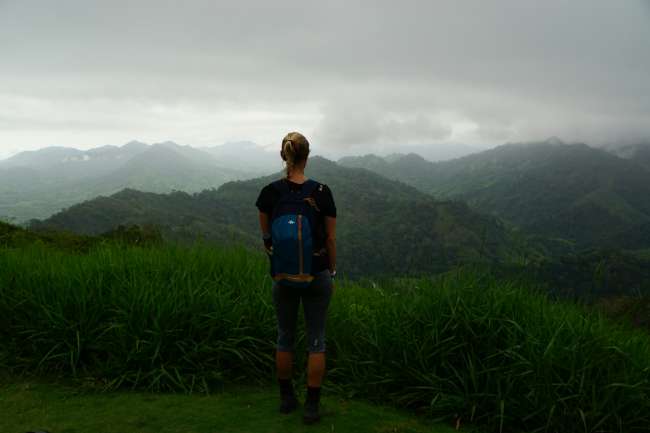
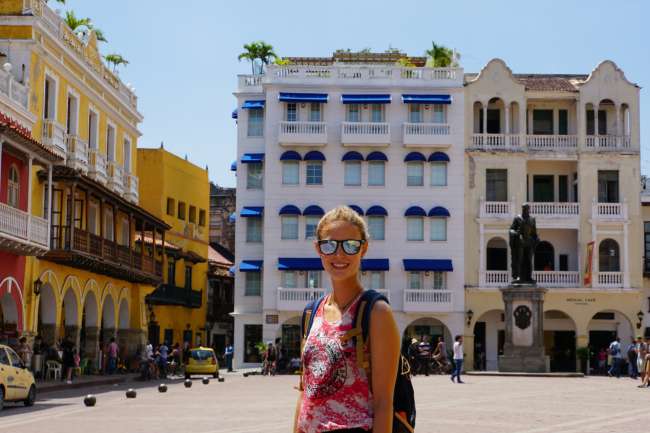
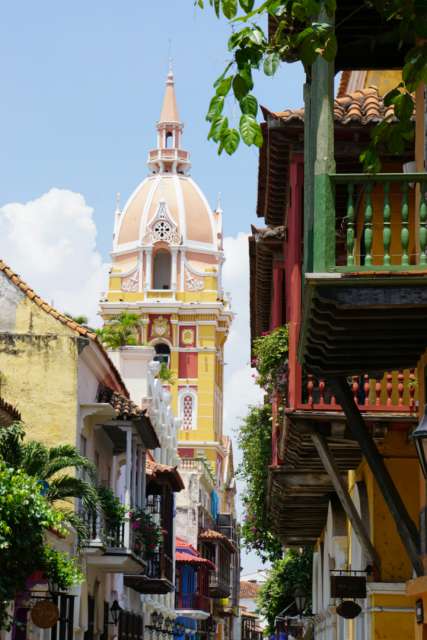
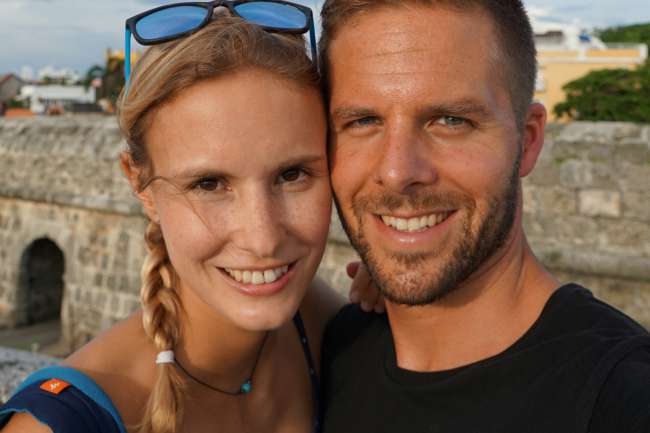
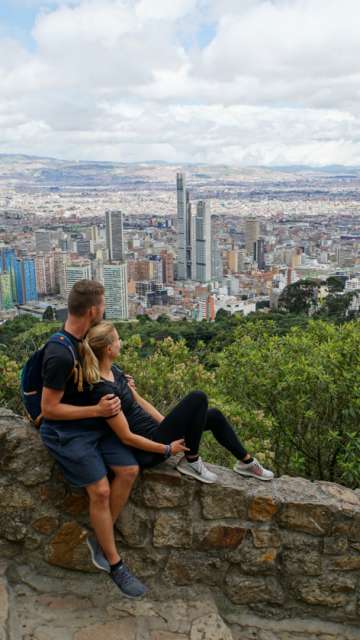
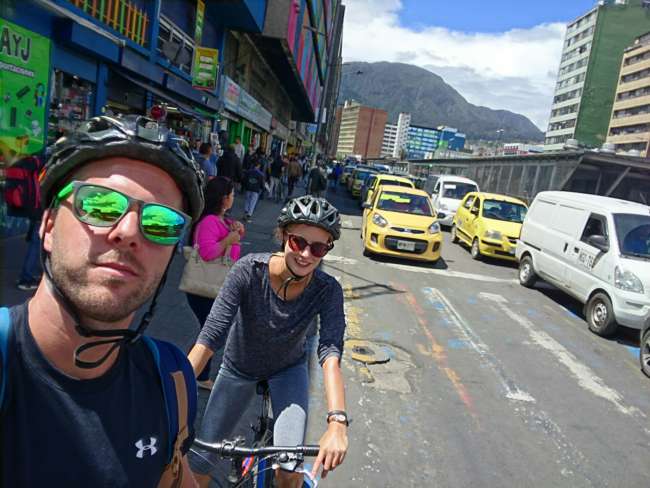
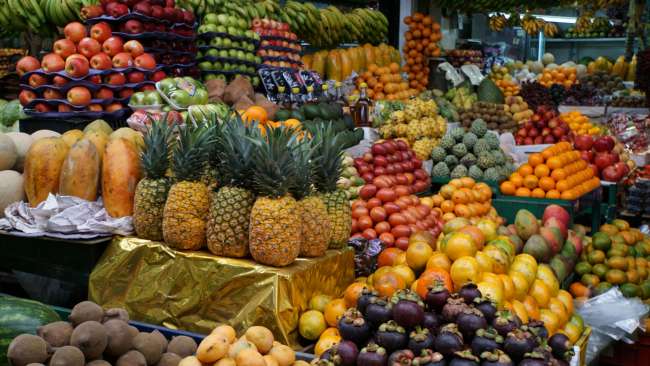
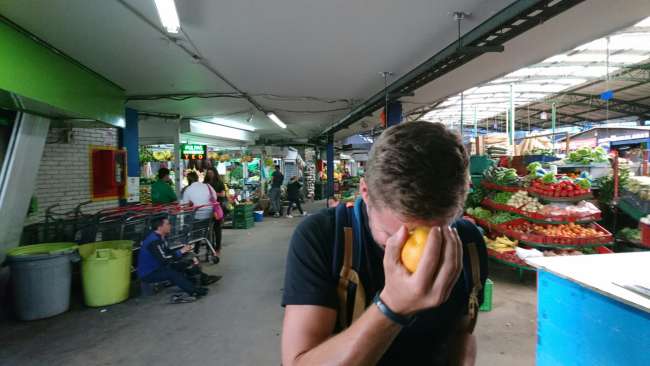
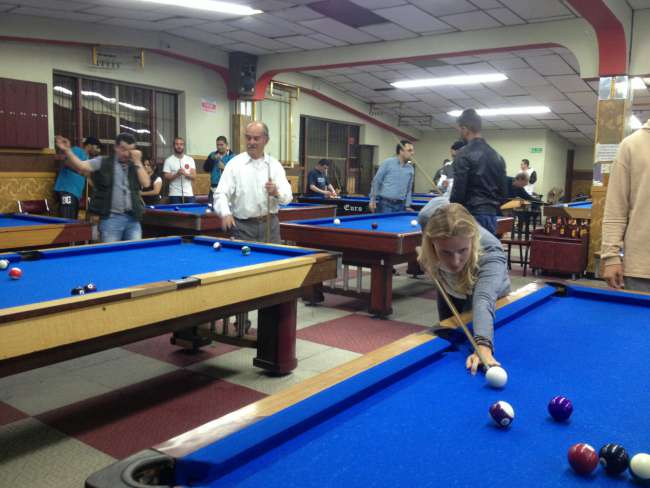
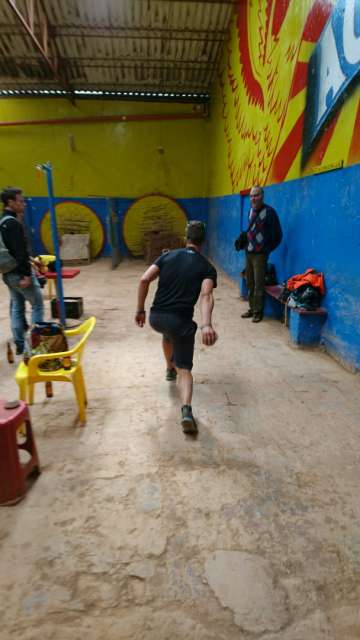
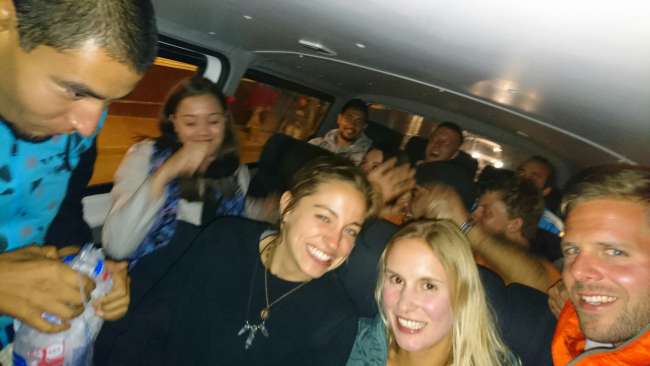
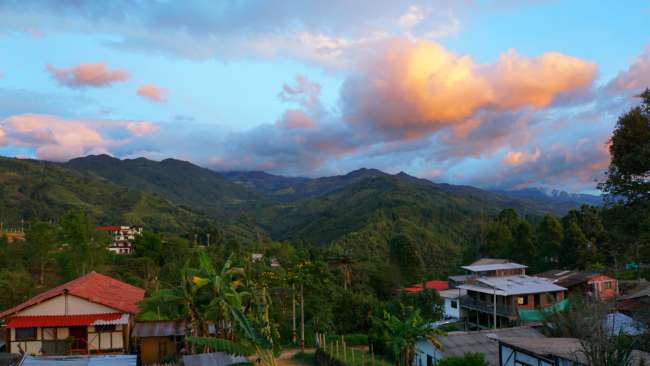
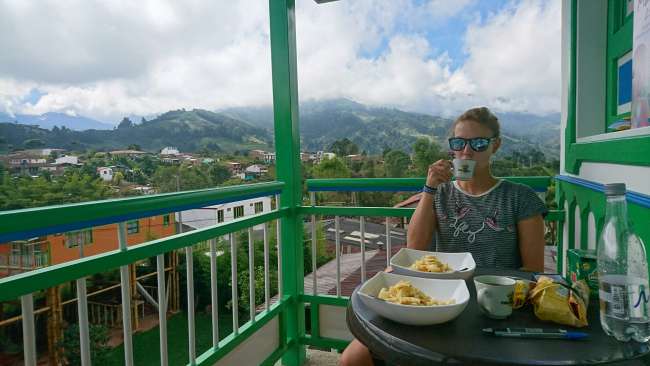
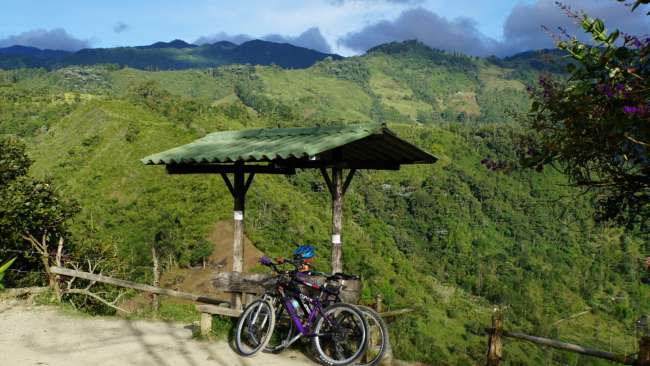
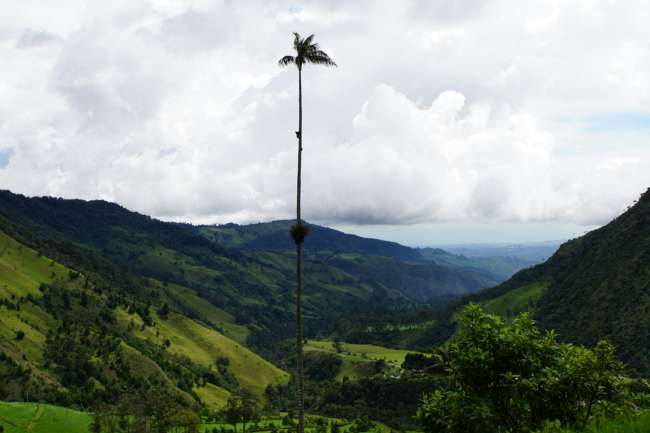
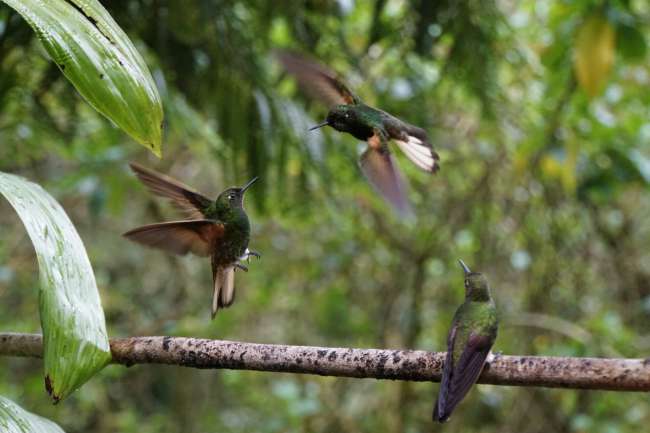
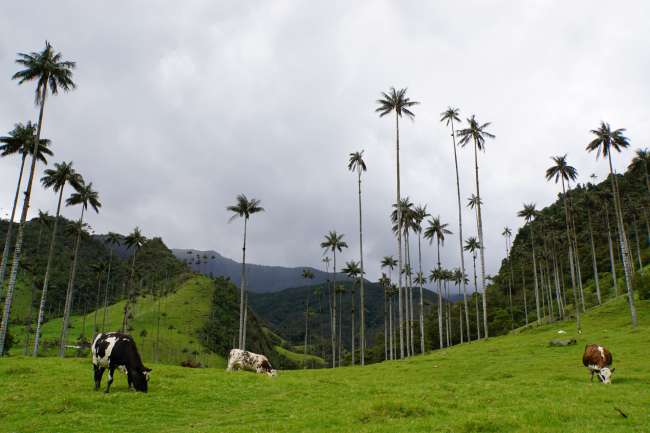
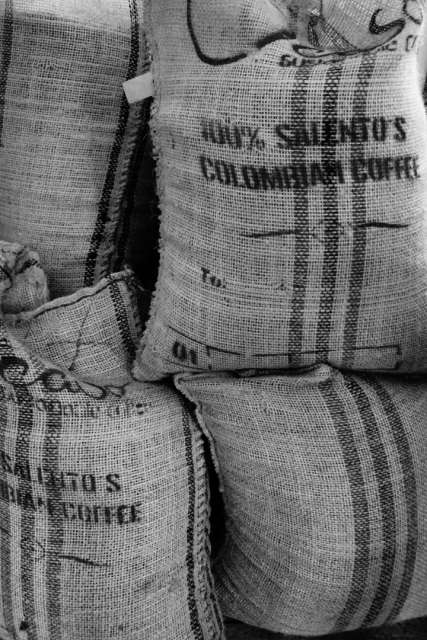
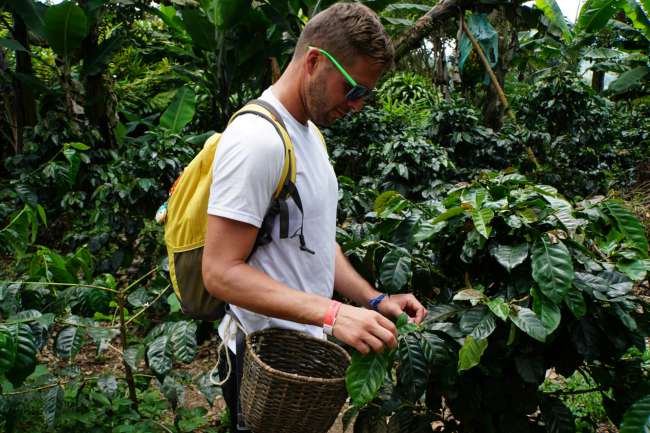
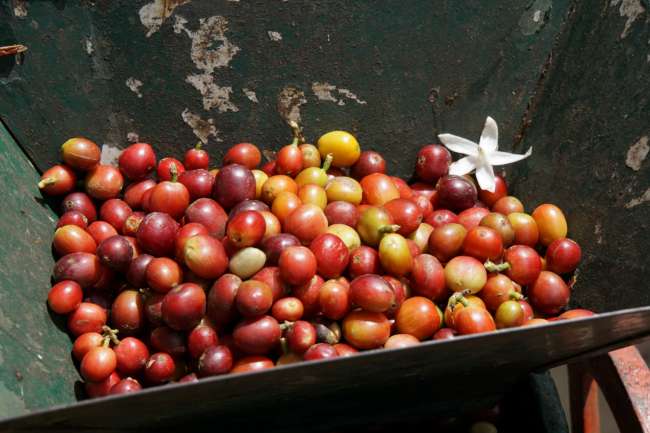
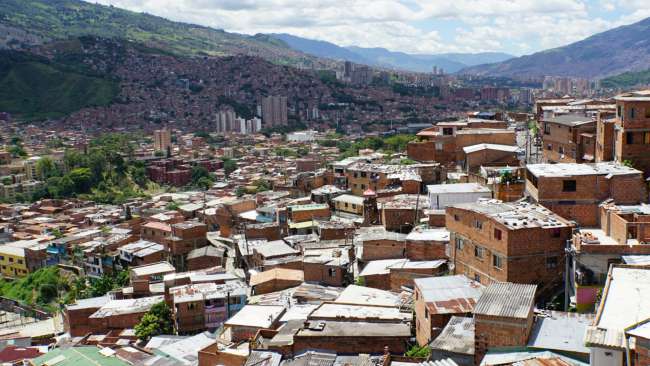
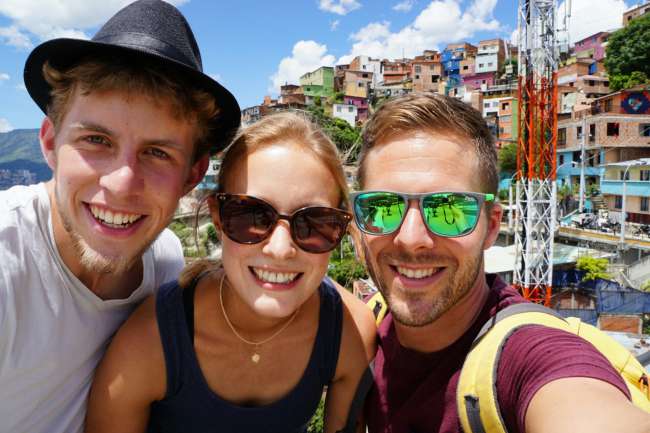
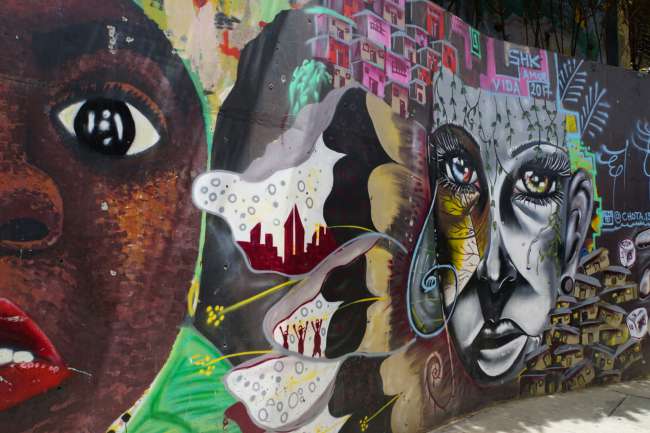
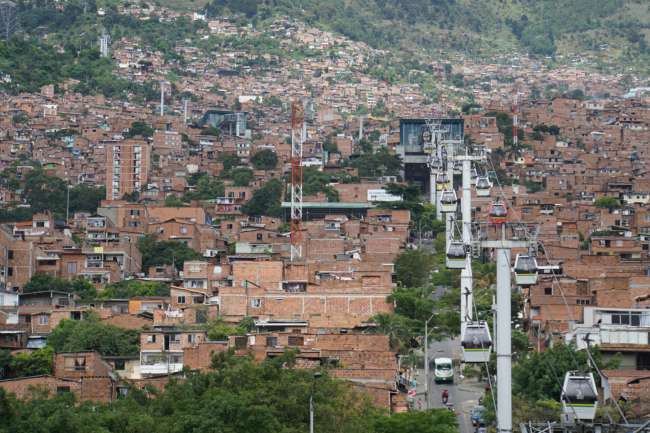
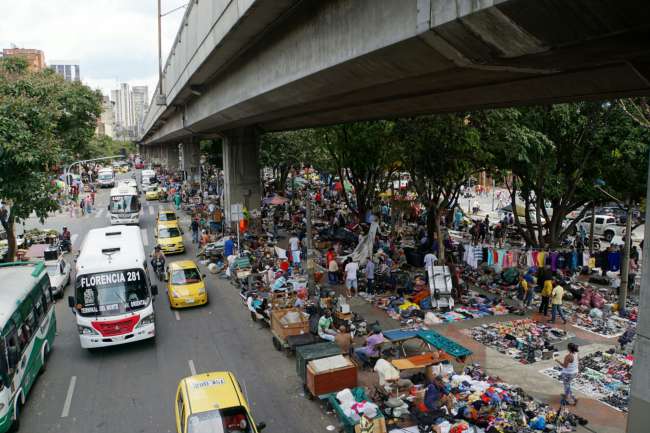
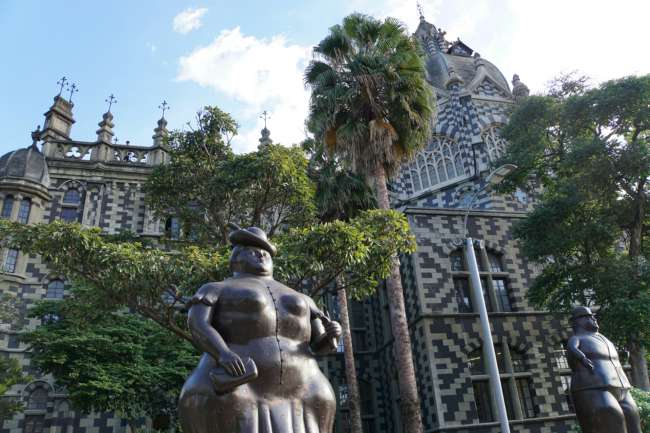
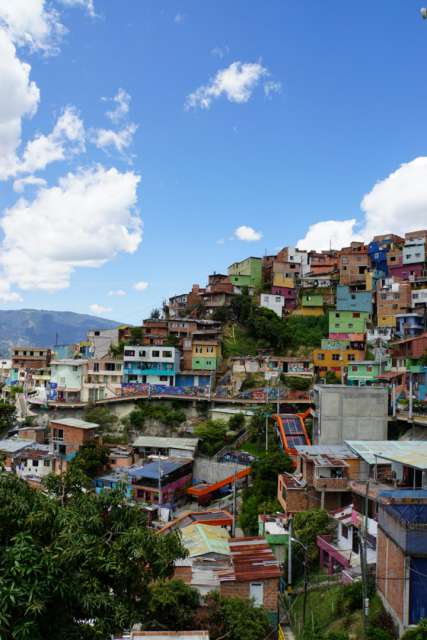
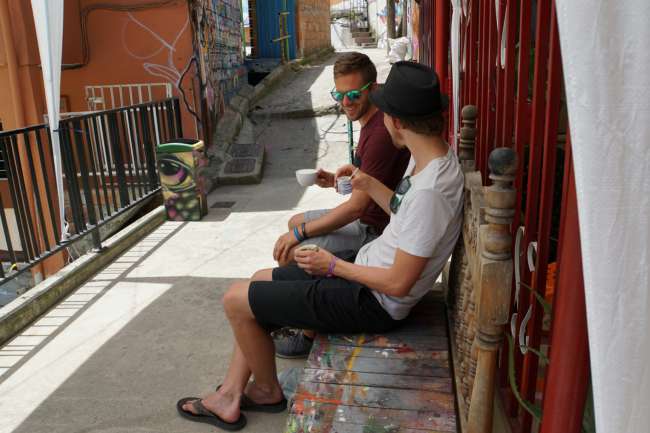
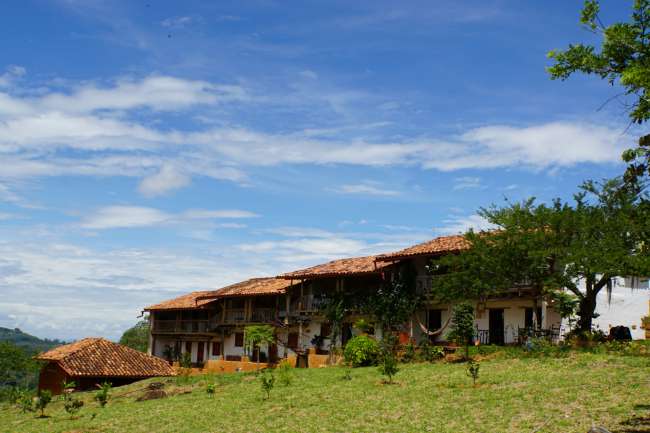
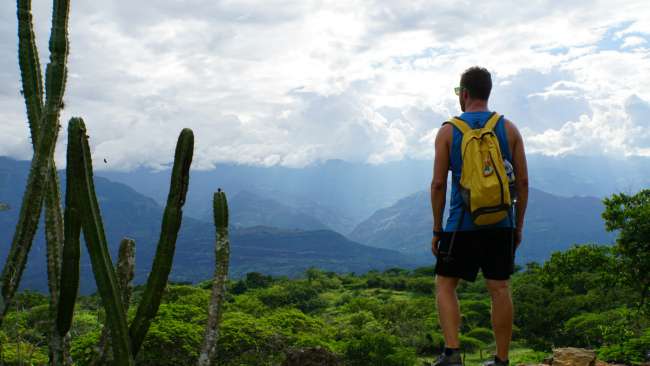
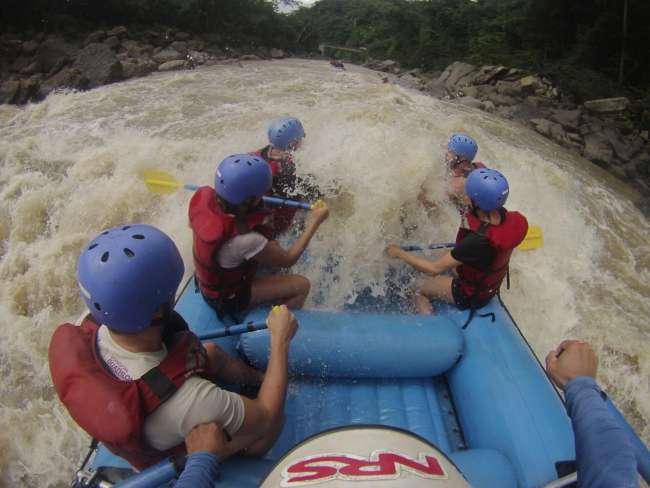
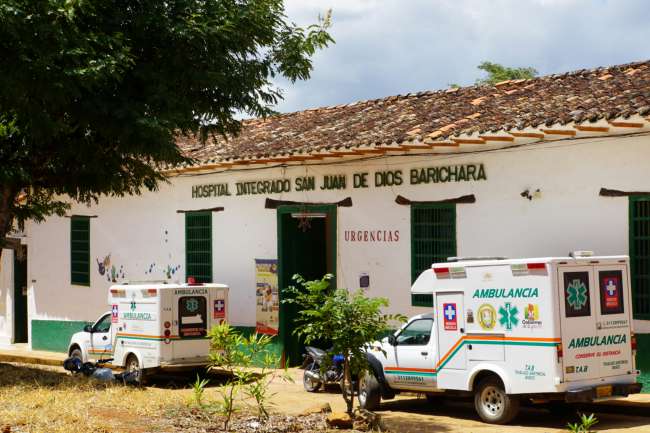
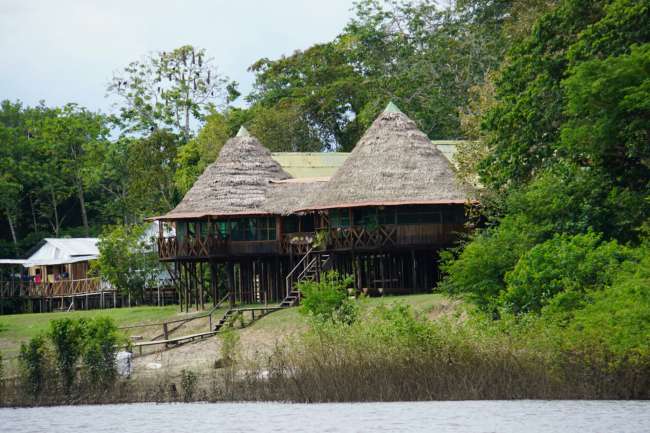
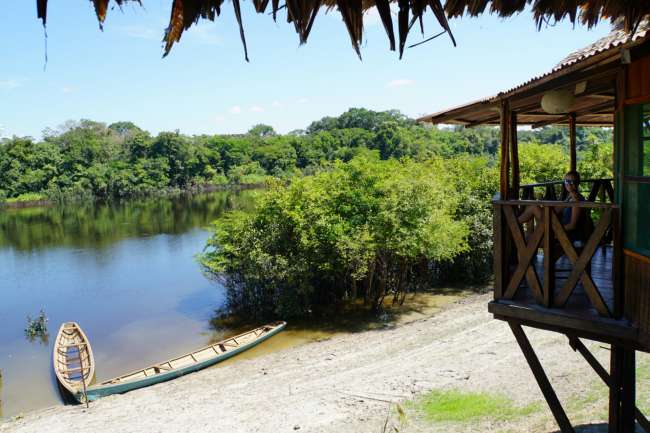
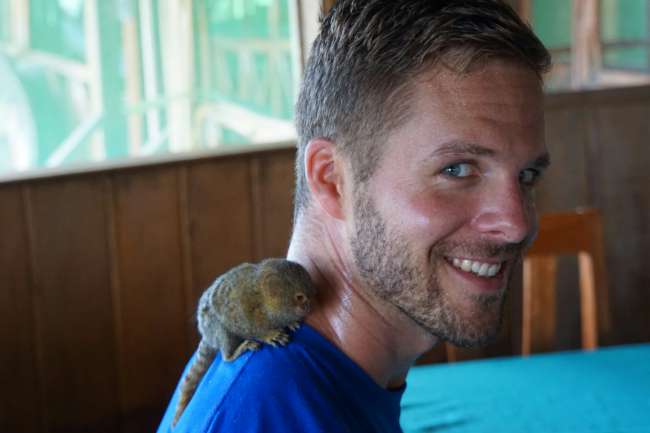
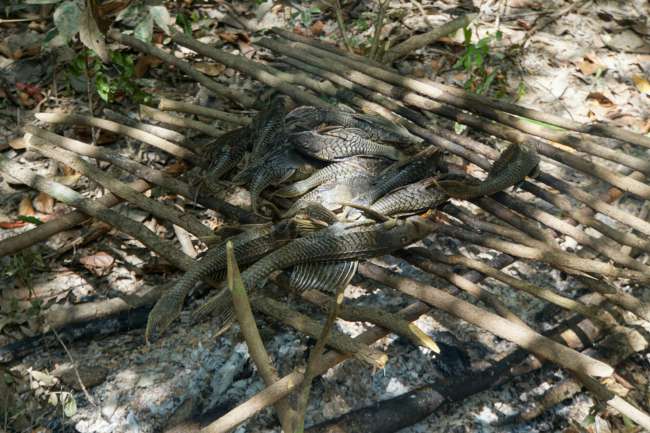
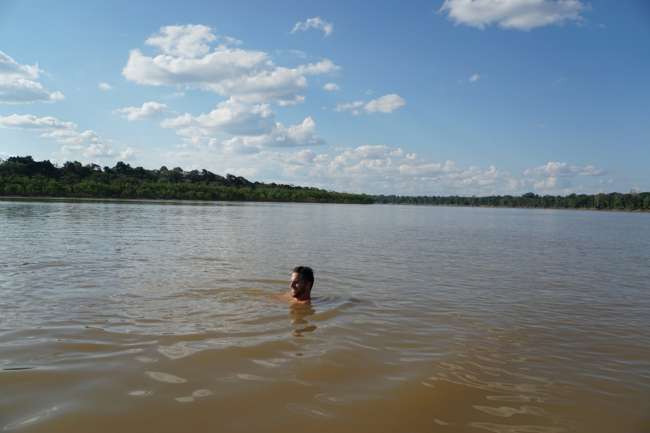
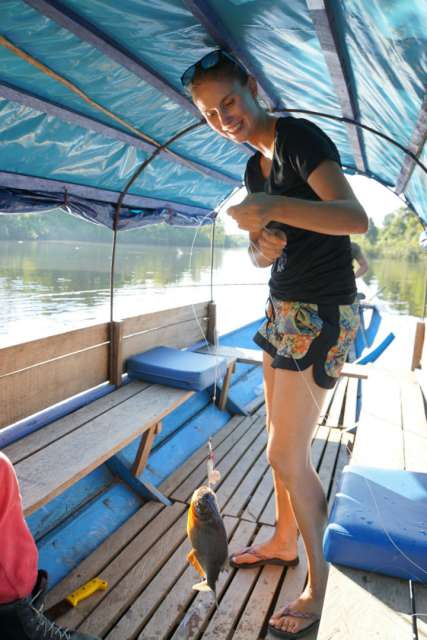
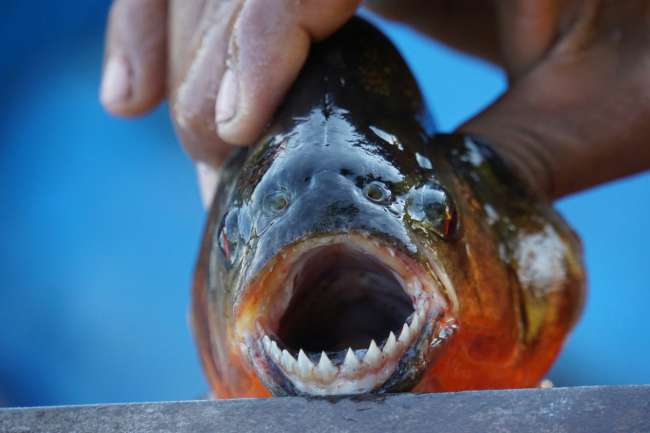
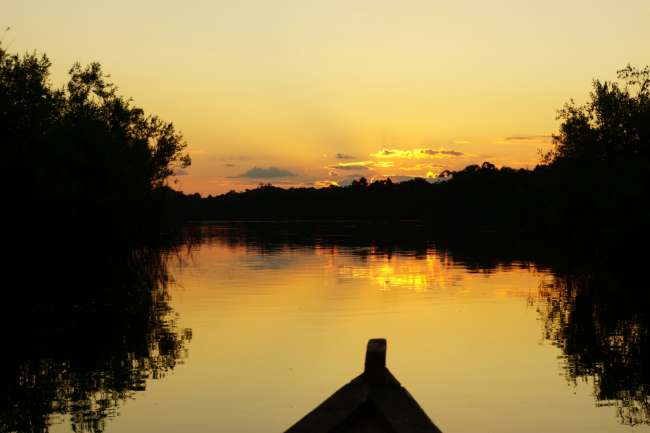
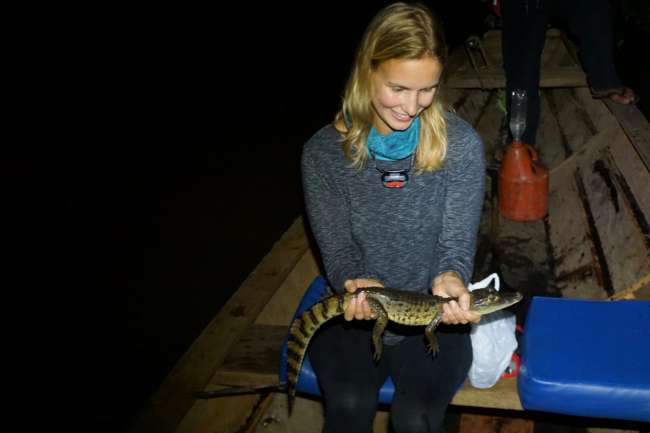
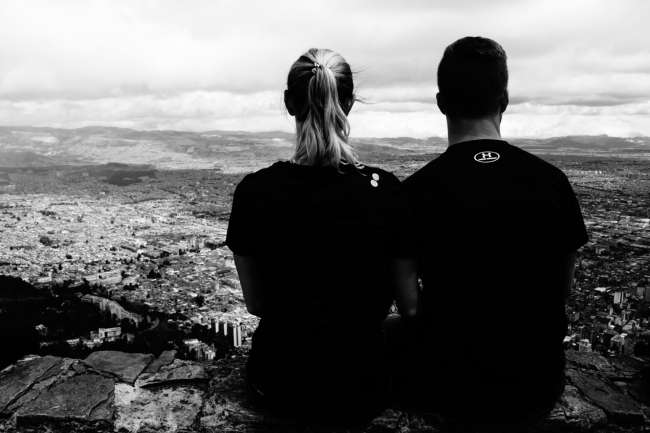
Suscríbete al boletín
Colombia is, to dispel any possible clichés, a country where people are incredibly happy when you visit it. And from our experience, it is no more unsafe than other South American countries. The Colombians are rightly very proud of their country. Right at the airport, we were so kindly greeted by the rushing, temperamentally articulate bus providers and shortly afterwards found ourselves in a car with a Colombian extended family. Just for clarification, the family wanted to make sure that we did not buy our bus tickets at the airport for €10, but rather in the city for €5. And to illustrate the car ride: there were ten of us in the car, grandma sat with her suitcase on grandpa's lap, the rest of us somehow stacked up, everyone was laughing and speaking Spanish to us, and we had our own "taxi" to the bus station with an invitation to spend the night at the family's house. Unfortunately, we had already booked our accommodation in another place, but we will probably not forget the warm welcome anytime soon.
At the beginning of our trip to Colombia, we embarked on a 4-day hike to the 'Lost City' (Ciudad Perdida), about which we had heard very conflicting opinions - from 'terrible' to 'the highlight of Colombia'. In any case, the tour was named one of the top treks in the world by 'Outdoor Magazine', so we already had the hike on our list at home. Despite undeniable challenges such as extreme heat, exertion, rain, multiple river crossings, and waking up at 5:00 a.m. every day, we clearly belonged to the second faction ('highlight'!). The views in the deepest jungle of Colombia were breathtaking, and we were very lucky with the weather as it only rained once after 3:00 p.m. - normally it rains every day after 1:00 p.m. - and we gained insights into the lifestyle and sacred sites of the indigenous people ('Tayronas') of Colombia. After four days, we finally emerged from the tour, always well-fed, limping, one foot in flip-flops, and one foot in hiking boots (Lene), and needed two days at the beach to recover from the ordeal and dry/wash our stuff. ;-)
Afterwards, we went to a colonial city located on the coast (Cartagena), from where we continued to the capital of Colombia, Bogotá. There, we experienced a cold shock as the 30°C + temperatures that had prevailed for over two months were suddenly halved due to Bogotá's location at 2,600m. Apart from that, we found the city, which is infamous for being dangerous/criminal, super exciting. We climbed the local mountain, visited a fruit market by bike and tried about 20 fruits that we had never seen or eaten before. We also played the national sport of Colombians: Tejo - clearly something for men. You throw a stone disk onto a clay platform that is equipped with small sheets filled with gunpowder. If you don't cover your ears when the sheets explode, you risk suffering hearing loss... By the way, playing Tejo is free, only the beer that the men consume during the game costs (75 cents)... Of course, we didn't miss the party bus to the biggest club in the area, with our own bartender in the back seat. Interestingly, not only young people gathered there, but whole families, with the father dancing on the dance floor with his daughter, and of course, Latin American music was played all evening.
From Bogotá, we took a winding bus route into the mountains and at the same time to the coffee region of Colombia. There, we learned on a coffee plantation what coffee fruits look like in their original form, that the workers still pick the fruits by hand, and that Colombians only consume second-class coffee, while the first-class coffee is exported. This makes Colombia the fourth largest coffee exporter in the world. By the way, as a little fun fact, Colombia is the second largest cut flower producer worldwide, after the Netherlands. In Salento, we once again engaged in sports activities - exploring the area by hiking and mountain biking (Thilo motivated me a bit too much "vamos amigos style" with the mountain bike through hills and valleys).
We then moved on to the birthplace and hometown of the former world's largest drug lord, Pablo Escobar, to whom Colombia owes its reputation. Surprisingly, Medellín was completely different than expected - super progressive, with escalators and cable cars as means of transportation in the city located on the mountainside. The former drug neighborhoods have turned into "in" neighborhoods, adorned with graffiti and offering a great view over the city. A lot is being done for education, for example, libraries are built that also serve as venues for concerts. Therefore, as a visitor, one can easily understand why Medellín is considered one of the most innovative cities in the world. However, to get a complete picture of the city, it must be said that it is a million-city with crowded streets and areas, where one can still sense the crime and poverty.
Afterwards, we stayed in the mountains, this time in the eastern part of the country, in a region known for its many outdoor opportunities. There, too, we stayed in very good accommodation with super friendly owners for little money, as was the case throughout Colombia. Thilo immediately set off to explore an underground cave system, partly underwater. He started with a one-hour private tour with a Spanish-speaking guide. After a few minutes of squeezing through narrow crevices and the water level rising, leaving only a few centimeters for breathing, the first small diving sections began - now it was time to hold our breath. The cave system also had a lot to offer visually. For €8, it was definitely worth it, as long as claustrophobia is not an issue! Another highlight for us was the rafting tour. We spent nearly two hours navigating through class 5 rapids, which is the highest difficulty level for rafting. After initial difficulties (we lost the trailer with the boat on the way there), our two guides turned out to be real professionals, even part of the Colombian national team. So we went down the river with a lot of excitement, waves crashing over the boat, and paddling until our muscles burned. The remaining days, we relaxed and took smaller hikes in the area.
As the last part of our trip in Colombia, we flew into the middle of the jungle, on the border with Peru and Brazil, to see and experience the Amazon. We sped along the wide river on a boat for two hours, and the accommodation for the next two nights was actually in Peru, on the edge of the Amazon, surrounded by jungle and river arms. We went on smaller day and night excursions, saw pink dolphins occasionally appearing on the surface of the muddy water, and even jumped into the water ourselves as the crocs and piranhas supposedly stayed away when the dolphins were playing. However, when we went out to search for alligators in the evening, the eyes started to gleam from all directions along the edge of the river... The guys who were driving us in the wooden canoe steered confidently into the bushes where the eyes were shining, and if the eyes were small and weakly yellow, one of the two "locals" jumped into the water and shortly afterwards came back on board with a small alligator. However, if the eyes glowed more strongly, the crocs were too big for the boat... Piranha fishing was also an exciting activity, more so for me than for Thilo (who had less success ;-) ), and so the Amazon tour became an experience that we wouldn't want to miss. Then, after a month, it was time to leave the country, but an overly eager employee of our airline almost prevented us from doing so, endangering our planned trip to the Galapagos. But that story really doesn't fit into the Colombia report anymore. ;-)
Suscríbete al boletín
Respuesta
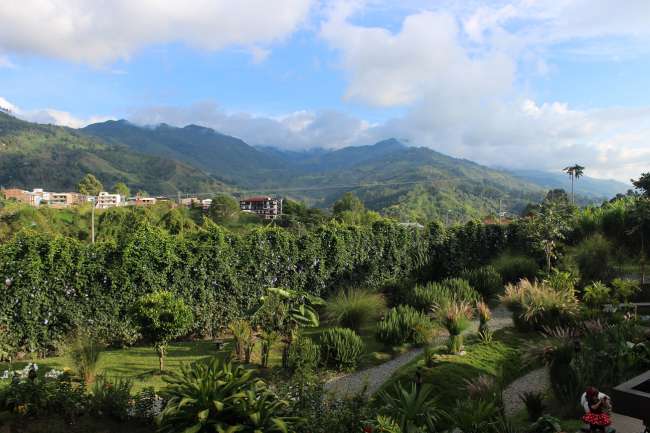
Informes de viaje Colombia
